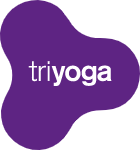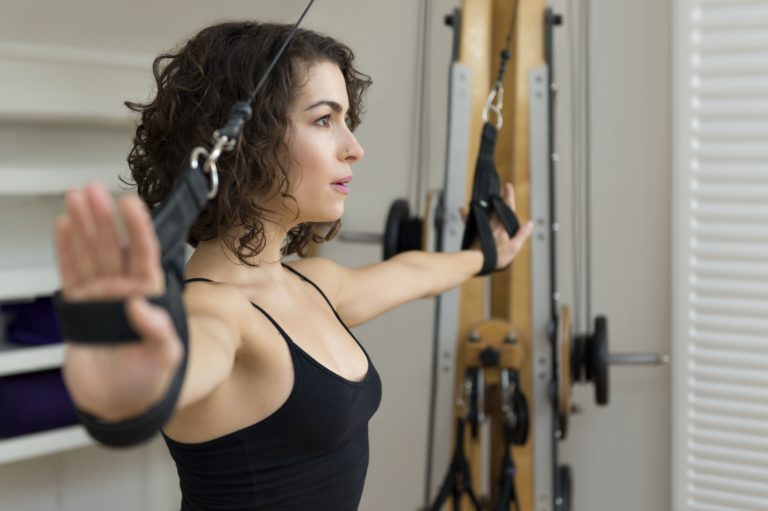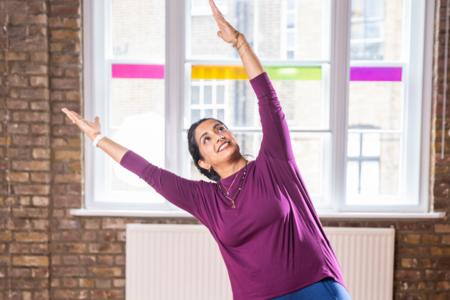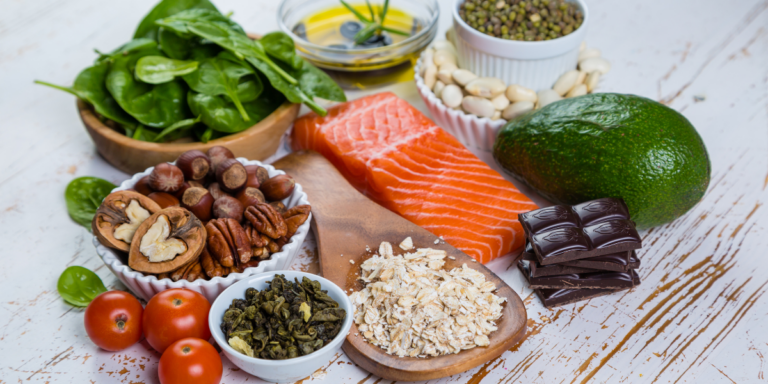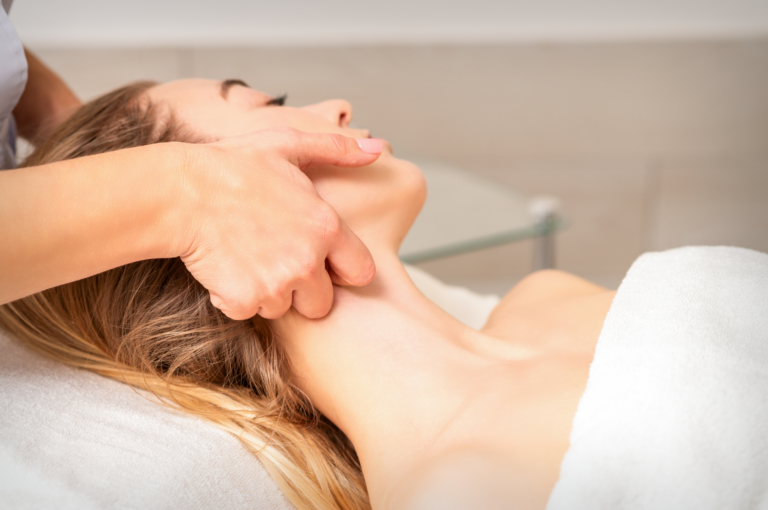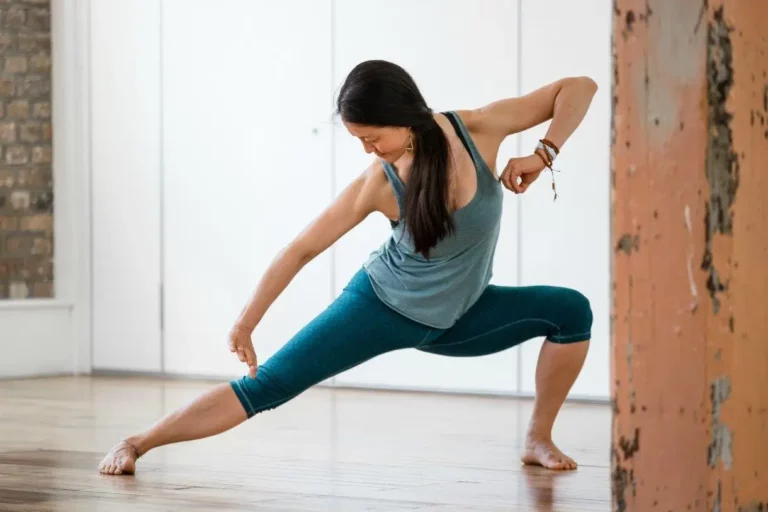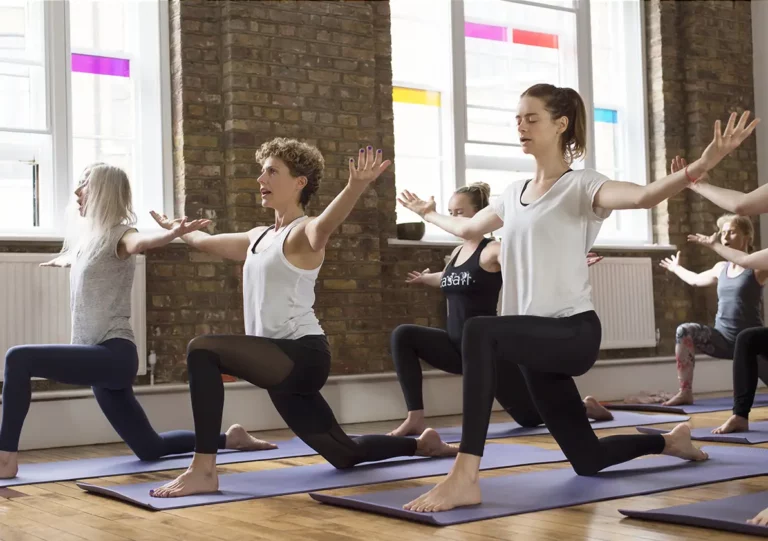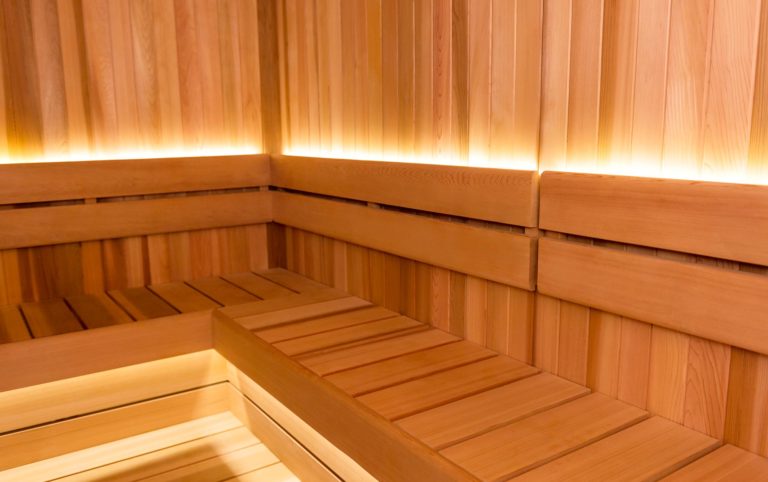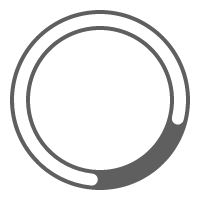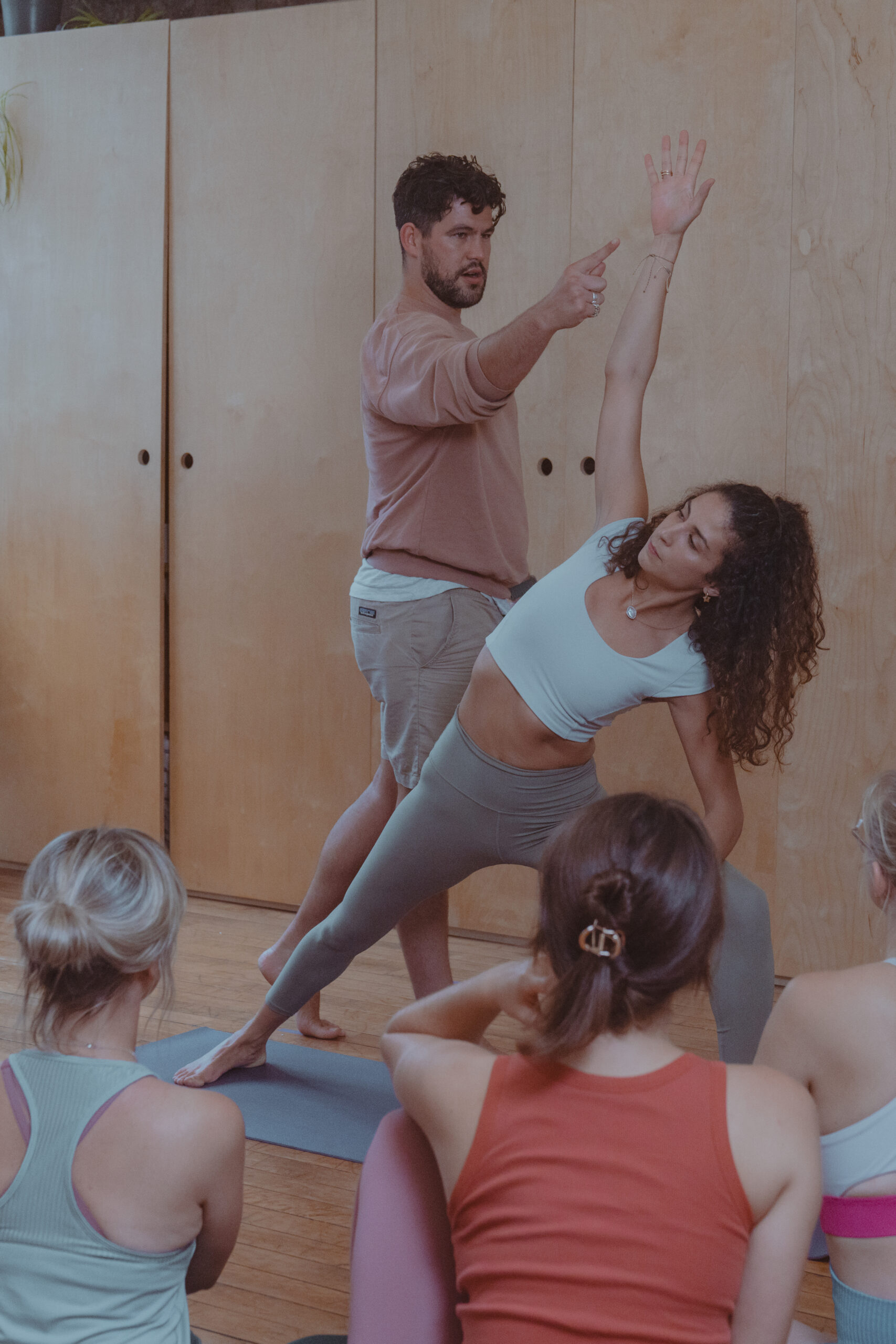You may know that our Camden centre is home to a specialised Pilates and Gyrotonic® class studio, equipped with a broad range of apparatus needed for both of these highly beneficial movement methods. But what is the difference between the two? Karrie Dene explains.
Pilates and GYROTONIC® classes often feature under the same umbrella as both methods aim to increase flexibility and strength. However, the movement experience is very different. One way to describe the difference is to say that Pilates is like classical ballet and GYROTONIC® is like contemporary dance but that analogy is not always clear – so let’s have a look at some other ways we can separate the two.
Principles
Pilates has six traditional principles: centring, concentration, control, precision, flow and breath. Together these principles help strengthen core muscles, improve awareness and reduce tension throughout the body, helping you become more controlled and aligned.
The GYROTONIC® method has four principles: intention, stabilisation, decompression and coordination. The method focuses on improving mobility and strength by releasing and exploring your limits through circular movements within a controlled range of motion.
Focus
Pilates focuses on key alignment issues. It uses your muscular, skeletal and nervous system to re-educate movement patterns within the body. GYROTONIC® focuses on your muscle, fascia, skeletal and nervous systems as well as your energetic body. This brings a more holistic feel to the practice as the physical integrates with the emotional and mental.
Equipment
Pilates uses a variety of equipment within the studio, including the reformer, chair, ladder barrel and trapeze table, also known as the cadillac. The springs are used to create resistance or assistance, so that you can achieve the maximum benefit from the exercise. You can recreate the same exercise on multiple pieces of equipment to achieve different results or to suit your ability.
GYROTONIC® also employs specialised equipment, the main one being the pulley tower. The tower uses various pulleys and weights that apply constant resistance. This eliminates any jarring at the beginning or end of an exercise, which is when many injuries occur. You can adapt the weights and resistance to suit your needs and strength.
Movement
Pilates’ movements work on specific muscles with repetition of exercises to achieve the ultimate form and involve a lot of focus and control. The movements are generally linear or two dimensional.
GYROTONIC® works in circular and spiralling movements so the patterns become multi-directional and three dimensional, working through larger ranges of motion. You can perform these exercises with continuous flow from movement to movement with changes in tempo, breath and repetition to create variation.
Now we’ve put the differences aside, Pilates and GYROTONIC® do also share many similarities. Both will increase core control, strength, flexibility and stamina and can be done by anyone. You can use both for injury prevention or rehabilitation and both will enhance any other sports activity.
It’s important to note that neither one is better than the other as different things suit different people. I have found that they complement each other very well, and that experiencing one increases the understanding of the other.
So, which one will you choose?
Find out more about GYROTONIC® prices and class schedule, or book a 60-minute starter assessment.
